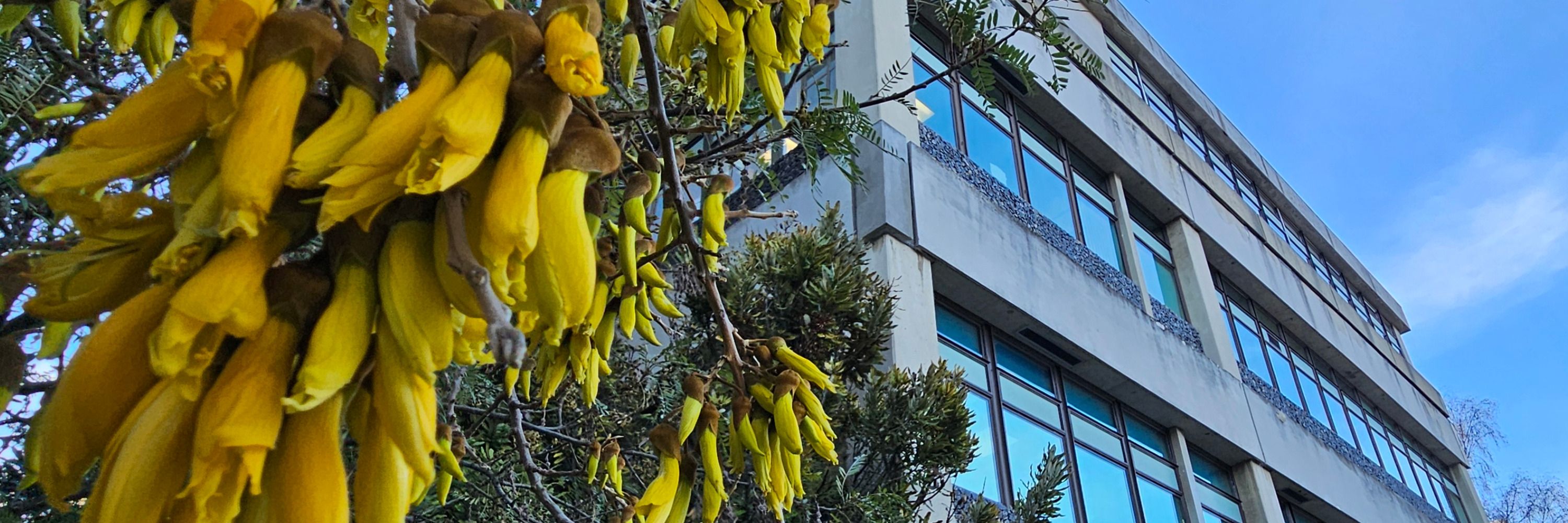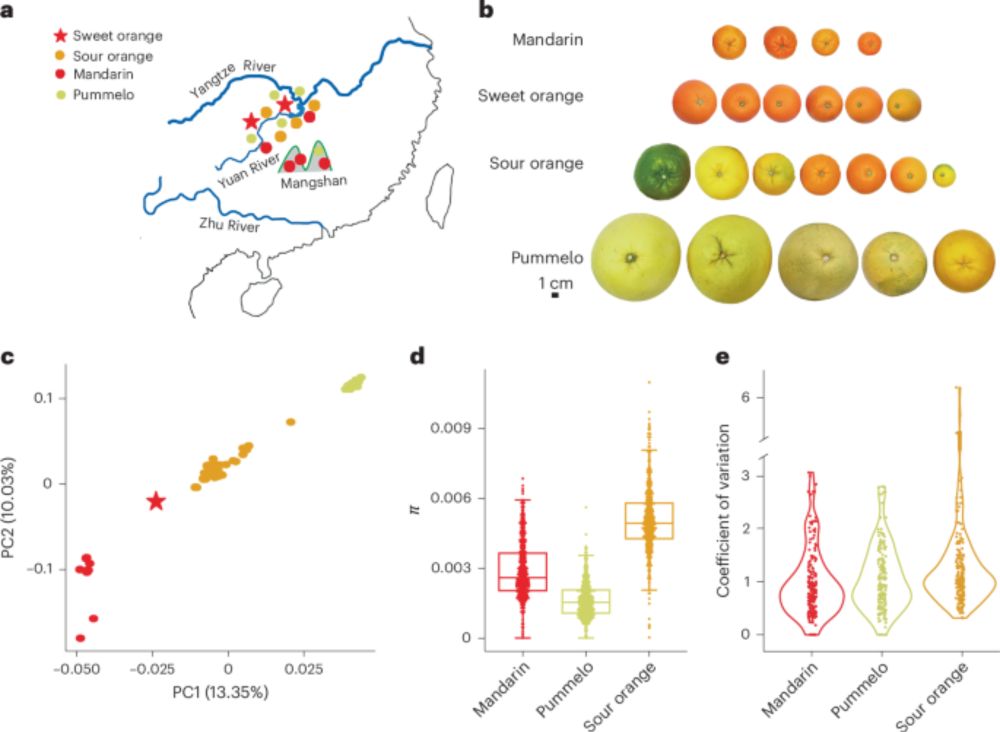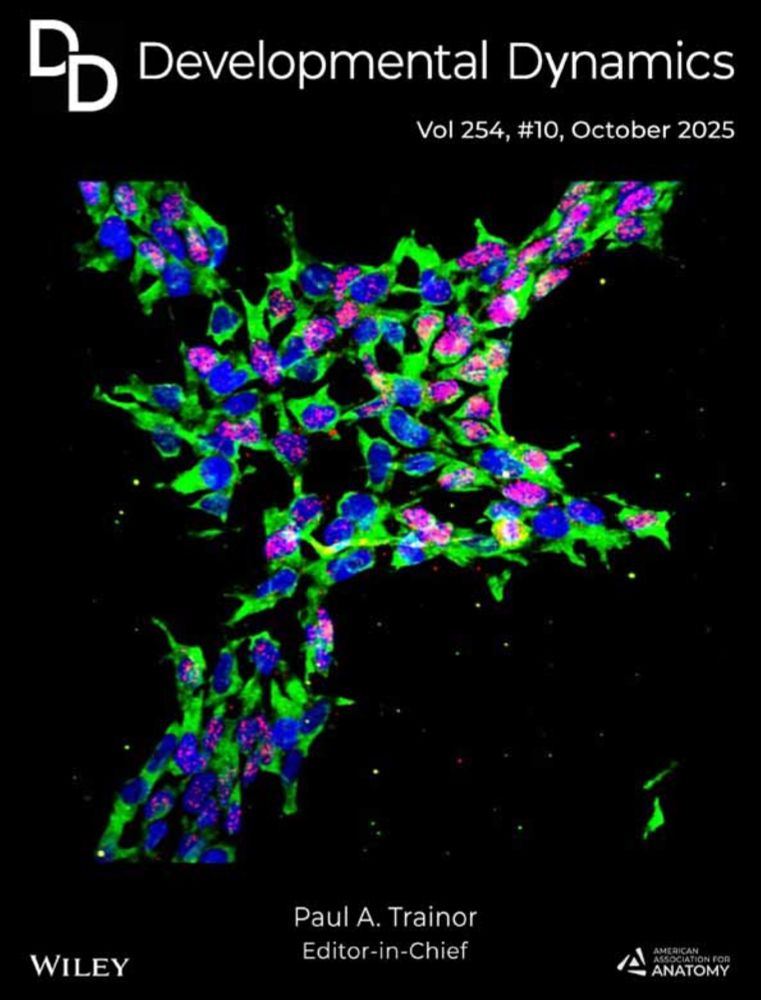
Te Tari Matū Koiora, Ōtākou Whakaihu Waka
A global revolution in genetic sequencing is helping University of Otago scientists solve the mysteries of ultra-rare disorders, for one family at a time.
www.otago.ac.nz/news/newsroo...

A global revolution in genetic sequencing is helping University of Otago scientists solve the mysteries of ultra-rare disorders, for one family at a time.
www.otago.ac.nz/news/newsroo...
Congrats to Jess Willans (& supervisor Liz Ledgerwood) who won a prize for her Peroxiredoxin 2 research poster!




Congrats to Jess Willans (& supervisor Liz Ledgerwood) who won a prize for her Peroxiredoxin 2 research poster!

Rebacca Yorker: More than just a sugar craving…?
www.sciencedirect.com/science/arti...
Michael Dunnet: Orange you curious? The origin of the sweet orange.
www.nature.com/articles/s41...

Rebacca Yorker: More than just a sugar craving…?
www.sciencedirect.com/science/arti...
Michael Dunnet: Orange you curious? The origin of the sweet orange.
www.nature.com/articles/s41...
Getting Franklin’s story right is crucial, because she has become a role model for women going into science."
www.nature.com/articles/d41...

Getting Franklin’s story right is crucial, because she has become a role model for women going into science."
www.nature.com/articles/d41...
Advancing the antituberculosis activity of nitropicolinic acids and amides
www.sciencedirect.com/science/arti...

Advancing the antituberculosis activity of nitropicolinic acids and amides
www.sciencedirect.com/science/arti...
Structural basis of isethionate transport by a TRAP transporter from a sulfate-reducing bacterium
www.sciencedirect.com/science/arti...

Structural basis of isethionate transport by a TRAP transporter from a sulfate-reducing bacterium
www.sciencedirect.com/science/arti...
www.sciencehistory.org/hmbc



Adam Middleton: Life Lessons From (Very Old) Bowhead Whales
Firsanov, D., Zacher, M., Tian, X. et al. Evidence for improved DNA repair in long-lived bowhead whale. Nature (2025)
doi.org/10.1038/s415...

Adam Middleton: Life Lessons From (Very Old) Bowhead Whales
Firsanov, D., Zacher, M., Tian, X. et al. Evidence for improved DNA repair in long-lived bowhead whale. Nature (2025)
doi.org/10.1038/s415...






Pro design software, now accessible to all PhD students. May start recommending this in my workshops.
www.affinity.studio/graphic-desi...

Pro design software, now accessible to all PhD students. May start recommending this in my workshops.
www.affinity.studio/graphic-desi...
Commensal skin bacteria interact with the innate immune system to promote tail regeneration in Xenopus laevis tadpoles
anatomypubs.onlinelibrary.wiley.com/doi/10.1002/...

Commensal skin bacteria interact with the innate immune system to promote tail regeneration in Xenopus laevis tadpoles
anatomypubs.onlinelibrary.wiley.com/doi/10.1002/...
PsbE:Phe10 of Cytochrome b559 Modifies Inactivation and Recovery of Photosystem II in Response to High-Light Stress
onlinelibrary.wiley.com/doi/10.1111/...

PsbE:Phe10 of Cytochrome b559 Modifies Inactivation and Recovery of Photosystem II in Response to High-Light Stress
onlinelibrary.wiley.com/doi/10.1111/...

He's hiring - postdocs and PhD students.
www.mskcc.org/research/ski...
He's hiring - postdocs and PhD students.
www.mskcc.org/research/ski...
Tue 2nd Nov, 12pm, Rm BIG13

Tue 2nd Nov, 12pm, Rm BIG13
AND the NZ government!
www.nature.com/articles/d41...
AND the NZ government!
www.nature.com/articles/d41...




